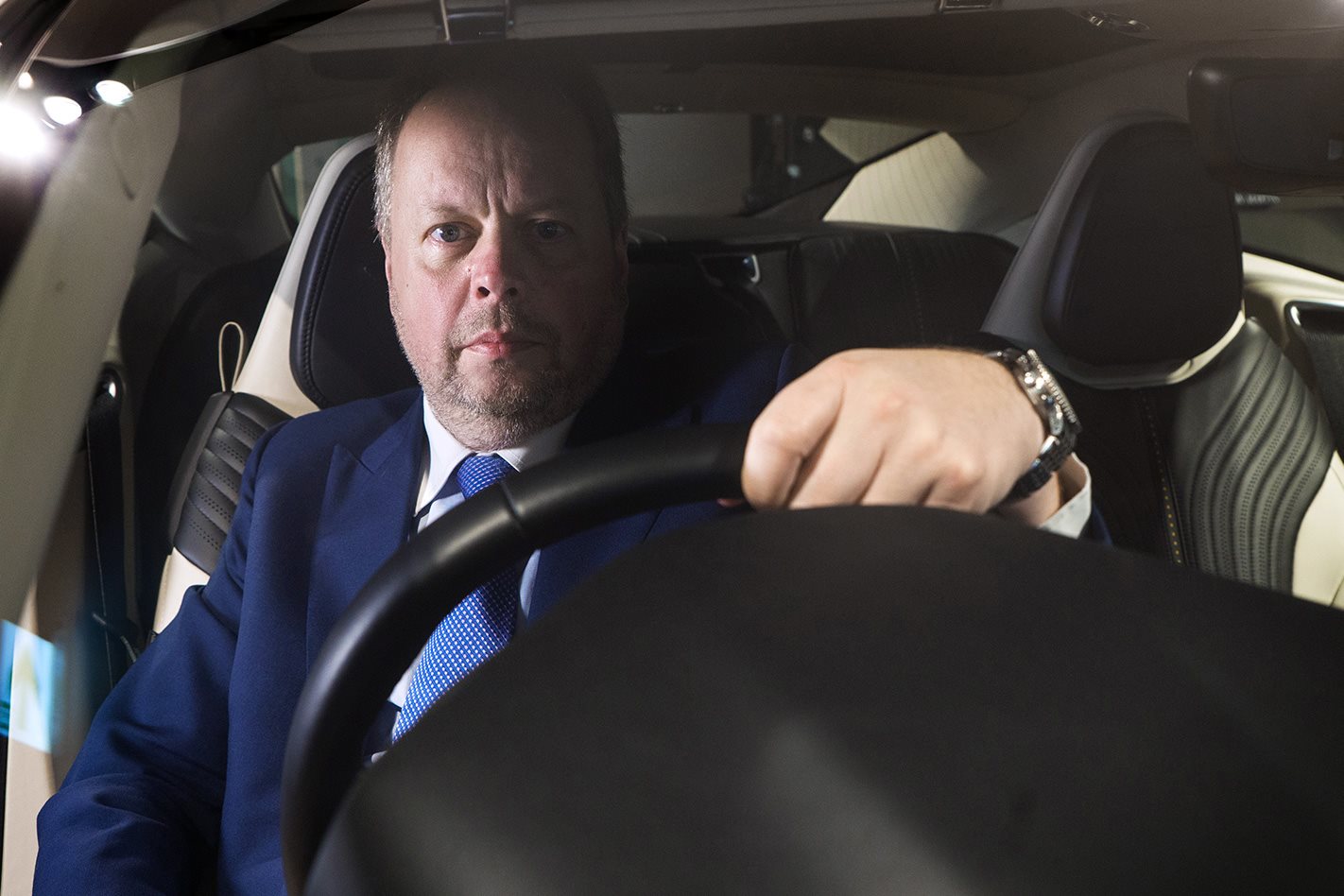ANDY Palmer is a rarity in the automotive world: a CEO credited with righting the sinking fortunes of a premium brand in just four years. It’s an extraordinarily short time in this business, and an achievement that deserves more investigation.
We meet in a glass-walled room behind Aston Martin’s stand at the Geneva motor show. The 54-year-old Briton offers me a warm greeting, then sits, reclines his chair, and shares a candid version of his back story with assured self-confidence.

“I quit school when I was 16. I didn’t much care for it. Since 14 I’d wanted to be an engineer, so I left and did an apprenticeship, and ended up as a draftsman for four years. I recognised two things. One was that I needed some proper qualifications, and the other as I got to 20 was that I wanted to be a CEO of a car company.”
Three years of night school earned Palmer a degree and the leap into British car maker Austin Rover Group. He was appointed to the team responsible for K-series engine development, which over 17 years powered everything from the MG Metro to the Ariel Atom.
“It was mad, the company, but I got promoted very quickly. The management style was very aggressive, very testosterone driven. It was all about bullies and politics. It wasn’t good.
“At the time Austin Rover was in a relationship with Honda. Two things happened. One was I saw how efficient Honda was. The second was that I read a book called The Machine that Changed the World and figured it would be a good move to go and find out what the hell these guys were doing. So I joined Nissan.”
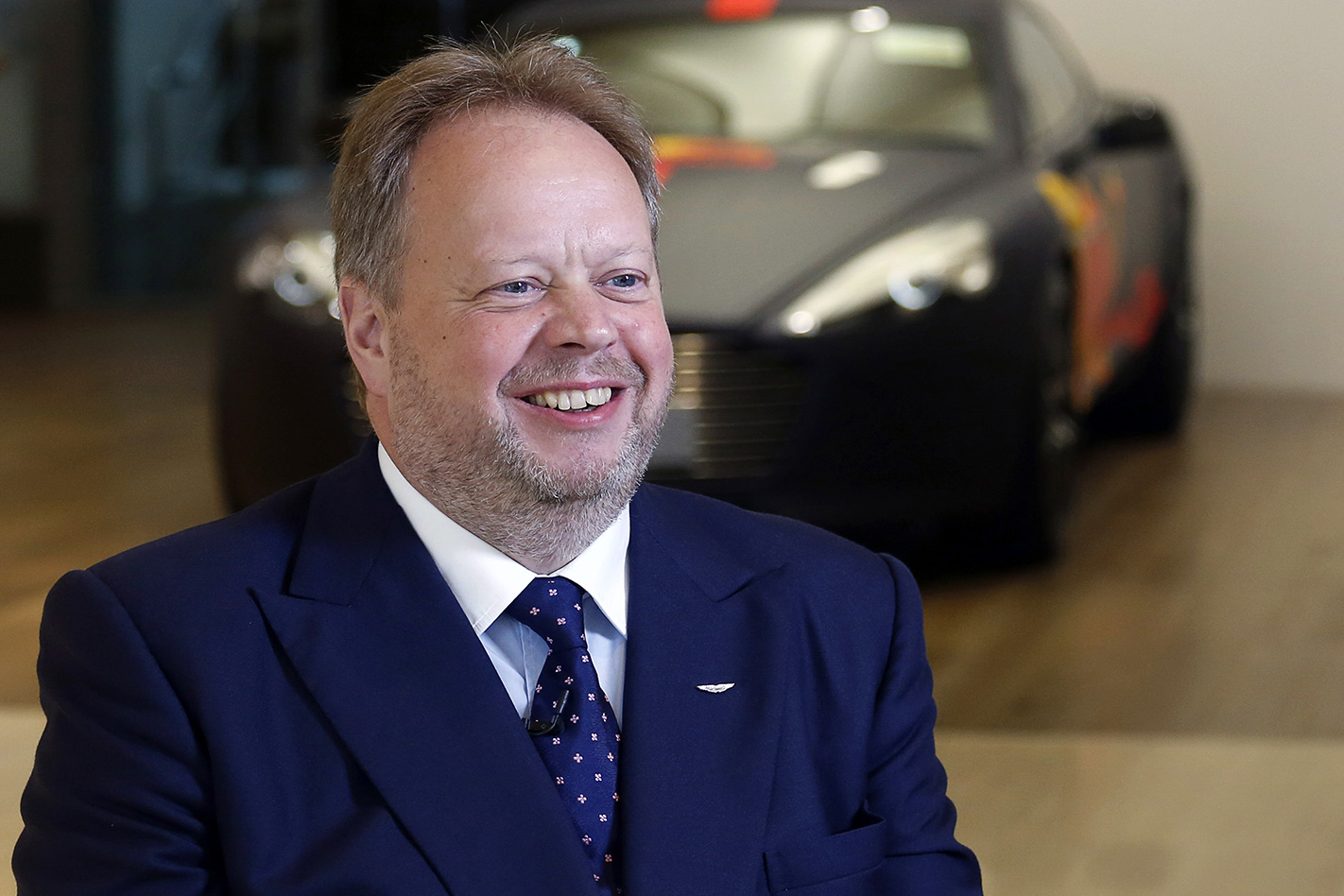
Over a period of seven years, Palmer became head of the Nissan Technical Centre in Europe. He completed a PhD at nearby Cranfield University, and then a decade into his UK-based employment, the Renault-Nissan alliance was formed.
“[Carlos] Ghosn created these six samurais, which were the program directors. He called me and said, ‘I want you to come out to Japan in two weeks … to live.’
“I did, initially for three years, and ended up staying for 13. I led the Nissan Leaf program – I’m quite a passionate believer in electric cars – and the last Nissan I did was the Nismo GT-R.”
Palmer opens a wound mentioning the Japanese supercar that launched during his last year with Nissan. He bought one, though it was to be an ill-fated parting gift to himself after British cycling champion Sir Chris Hoy famously crashed it at Goodwood later that year.
“I never drove it,” says Palmer. “I had it imported and it was going to go into my garage, and then the guys asked me if they could put it up the hill. I thought that’d be great provenance. That’ll really increase the value of the car! So I stood and watched it and saw it go off at the corner and thought, s__t, I hope that’s not damaged much… It moved the whole engine; the car was a write-off and I never got to drive it.”
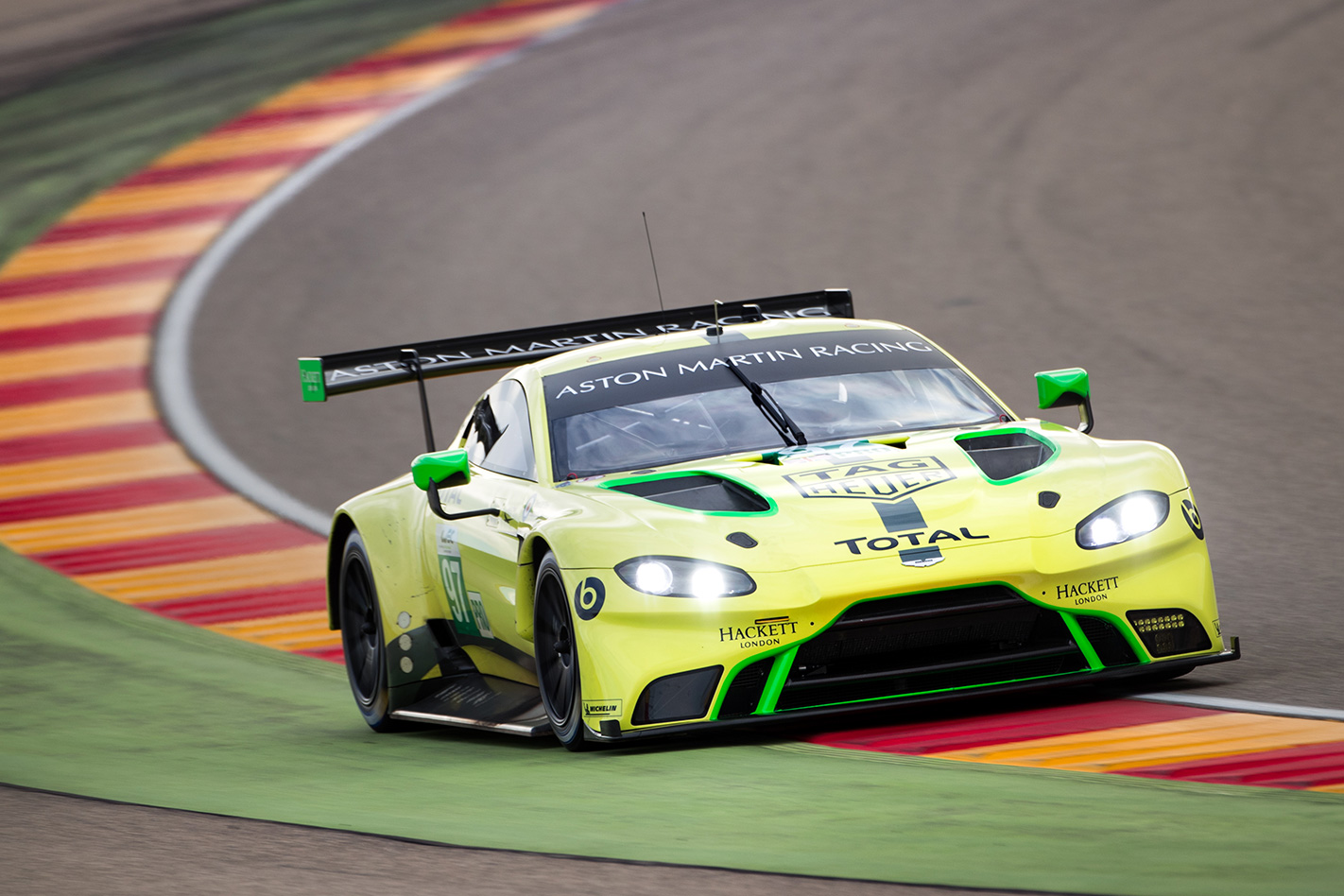
A mere four years on and the scene has changed dramatically. A call from Aston Martin in 2014 brought Palmer home to England after more than a decade in Japan.
“Initially I wasn’t very interested. As part of Nissan’s corporate planning I’d actually made due diligence on Aston to think about buying it. It was bad timing and it didn’t work, but I had an opportunity to see what poor shape Aston was in.
“I was 50 years old, and I thought back to that 20-year-old kid that always wanted to be CEO of a car company. In the end the shareholders agreed to give me the autonomy to do the job properly and at that moment of clarity I thought, I want to do this, and see whether I’m as good as I think I am.”
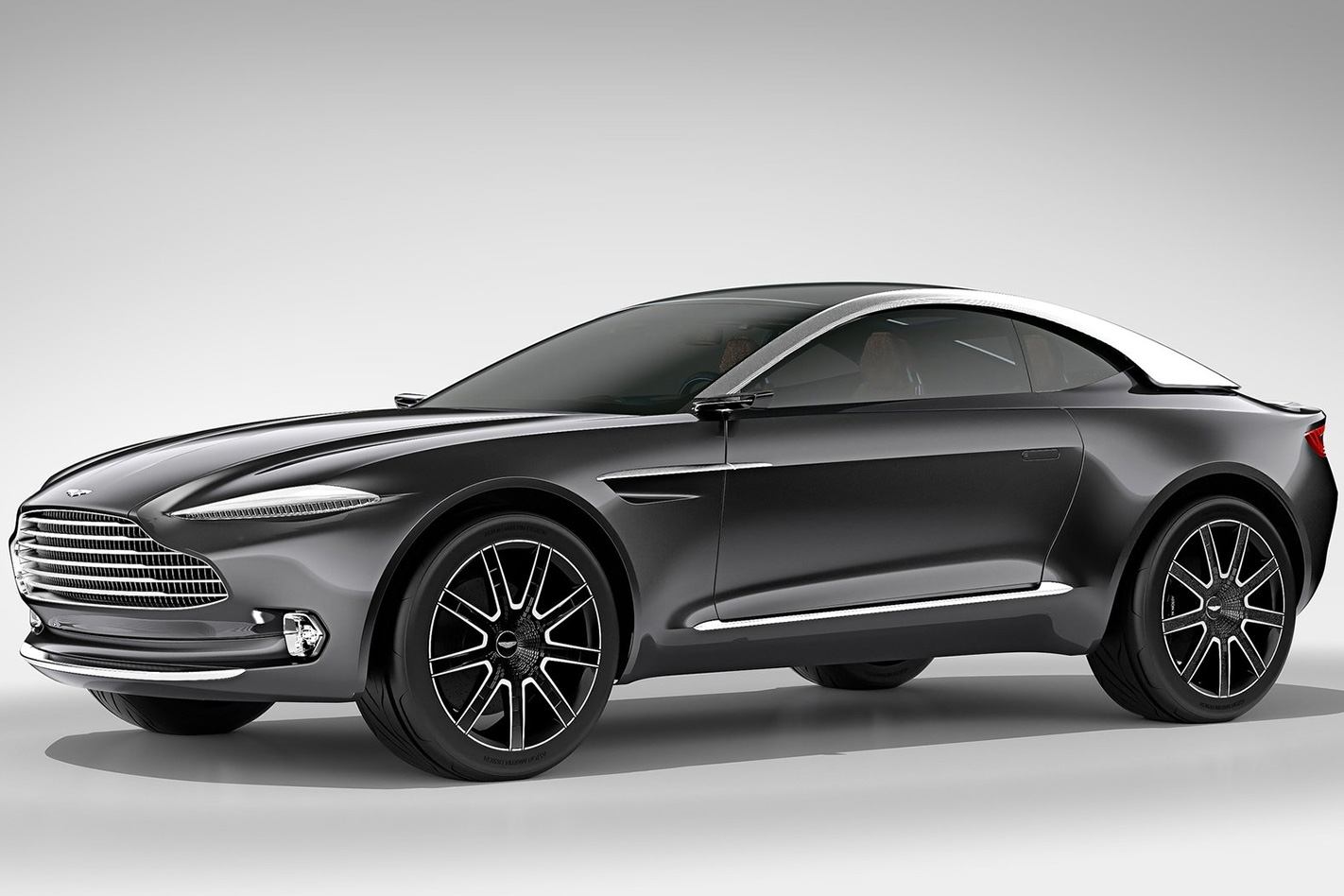
Palmer joined the team at Gaydon on October 1, 2014. Last year the business posted its first profit this decade. Palmer’s short tenure is bearing fruit, the most exciting of which is yet to turn a wheel.
“The Valkyrie on road tyres would certainly put you on the podium of Le Mans LMP1” – Andy Palmer
The Valkyrie is the headliner, spearheaded by Formula 1 designer Adrian Newey. It is set to mark a line in the sand for the automotive world to respond to, and putting the potential performance of this car into perspective is something Palmer takes pride in doing.
“In terms of simulations, a road-going Valkyrie on road tyres would certainly put you on the podium of Le Mans LMP1. Probably it would win – on road tyres. And at the end you could get in the car and drive home because it’s street legal. There is no car like that.”
Powered by a naturally aspirated 6.5-litre V12 and a hybrid system, the Valkyrie is a diminutive hypercar with a truly epic 815kW/tonne power-to-weight ratio. By contrast, a Bugatti Chiron manages a mere 552kW/tonne.
“It is absolutely nipped and gnawed. Adrian [Newey] is obsessive when it comes to weight. Everything does two or three jobs; everything has a downforce aspect to it. It’s hard work to take it away from him. ‘Finish now please because we’ve got to make the tool!’ The brief that I gave was to give me the car of the decade. I think Aston has the car.”
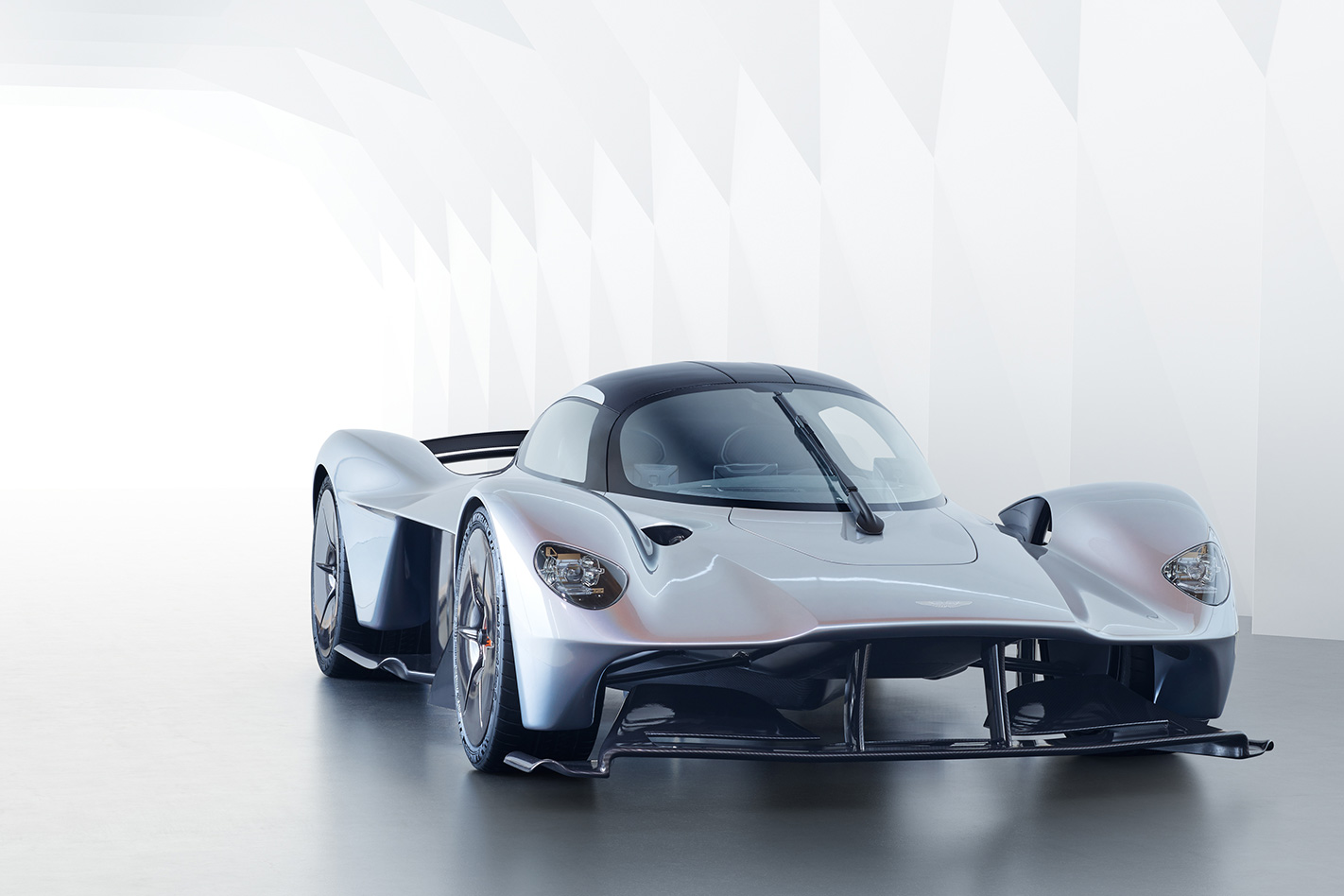
The autonomy afforded Palmer by the shareholders is a tool he has used to empower his employees, and Valkyrie is a direct product of this strategy. So what exactly happens when you allow a team to wilfully ignore the peripheral stuff in favour of a singular focus?
“They forget what time of day it is and they work stupid hours and they become passionately absorbed into everything about the car. I can only think of it happening once or twice in my life as an engineer where you participate in a team that can’t lose.
“The emotional attachment is really important and what I see now is that this is something everybody knows is defining their careers. They’re tired and they’re stressed, but they’re happy. We want people to be talking about Valkyrie 20 years from now going, ‘do you remember those crazy gits and what they did? Amazing.’”

